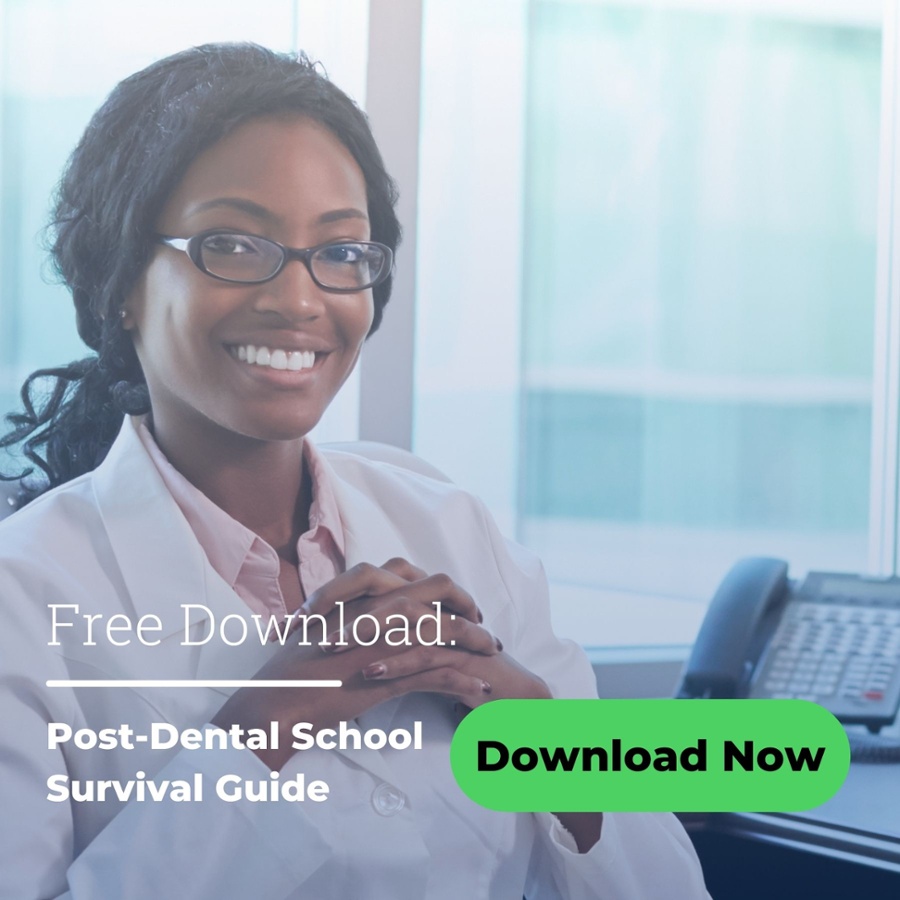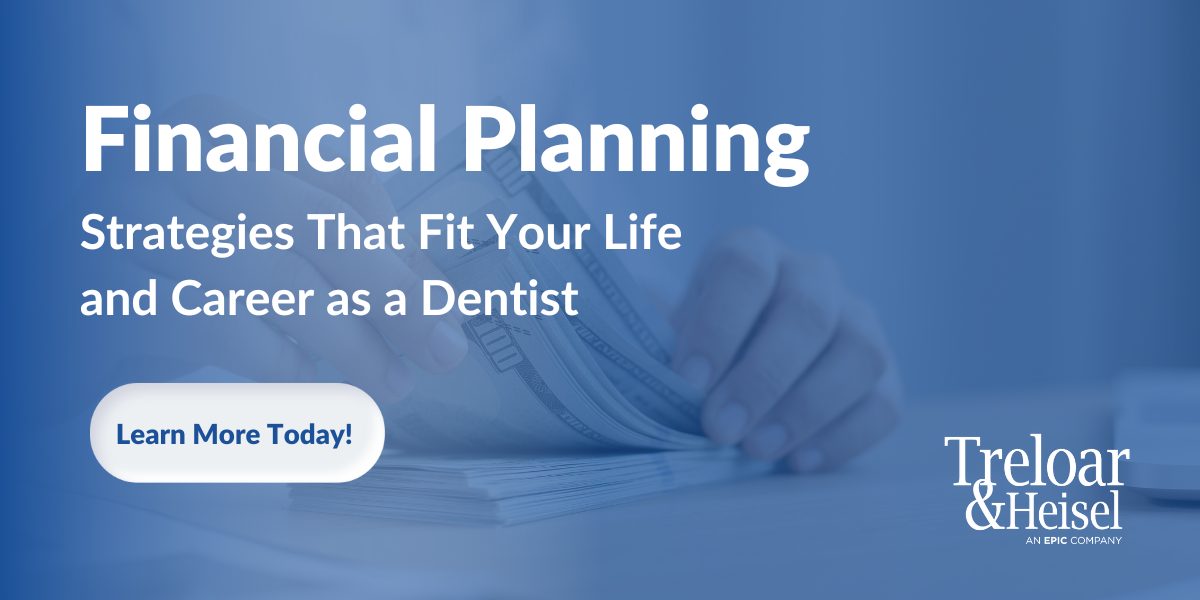Posted by Amy Carbone on Oct 7, 2016 4:00:47 AM
If you’ve taken out a student loan to fund your dental training, it’s time to pay close attention as things are about to change. For anyone who has taken on loans, the past few years have been an interesting ride. The pandemic put a pause to most payments for a while, and there’s also been much talk about loan forgiveness and other forms of financial assistance for new graduates.
We thought you might want to get the scoop on what’s going on with student loans right now.
Dental School Debt: 6 Considerations
1. Loan Payments Resume October 1, 2023
Loan payments for students resume October 2023. Interest (which had been paused) will begin accruing on your loan starting in September. The U.S. Department of Education's COVID-19 relief for student loans — which started in March of 2020 — is officially over.
Check the Repayment Plans for Your Student Loans
What does this mean for you? Well, you need to be prepared to make your impending payment. This means that if it’s been a while since you looked at your loan paperwork (or online equivalent), maybe dust off that information and refamiliarize yourself with what kind of repayment plan you’re on and how it works. You don’t want to be in for an early Halloween surprise come October 1st.
If you have never made a student loan payment — perhaps because you graduated during the COVID-19 relief period — it’s especially important that you revisit and study your loan arrangements.
2. Check To See if You Qualify for an Income-Driven Repayment Plan
Income-driven repayment (IDR) options now make it more affordable for people with high debt-to-income ratios to repay their loans. Make sure to check the relevant government resources online to see if you qualify. If you do indeed qualify based on income and family size, or you are working towards public service loan forgiveness (where you are required to be on an IDR plan to make qualifying payments), you need to apply and be accepted before it can affect your loan payment.
3. SAVE: A New Type of Income-based Loan Repayment Plan
On July 31, 2023, the Department of Education unveiled the Saving on a Valuable Education (SAVE) plan, an income-driven repayment plan that may cut many borrowers’ previous monthly payments by 50% and will leave some people with no monthly payment at all. This program, while still in beta version, is available to applicants with the option to enroll in what many believe will be the most affordable repayment plan option.
If you are already on the Revised Pay As You Earn (REPAYE) income-driven plan, you will be automatically enrolled in the new plan and do not need to use the beta website. There are additional features of the SAVE program that will not fully go into effect until 2024, so stay tuned for more on that.
4. Income-Driven Repayment May Not Reduce Your Dental School Debt
If your payment horizon is long, and it looks like your income will continue to rise significantly over time, it may not necessarily make sense to be in an income-driven plan. With an income-driven plan, while your current payments may be low today, in the future, as your income increases, so will your loan payments.
What you should know is that under the income-based loan repayment programs your payment is kept artificially low based upon an income formula, but it’s not enough to pay off the loan.
So, at the end of the payment term there is a balance remaining. That balance is subsequently forgiven. The amount forgiven is taxable to you as income in the year that your loan forgiveness is approved. It’s important that you consult with a financial advisor or loan servicer who can show you the numbers as they play out in your specific scenario.
5. Think Carefully if You Are Considering Refinancing Student Loans
At the time of this writing (August 2023), refinancing rates are the same, if not higher than federal loan rates. So, if you’ve been thinking about refinancing, you may want to consider staying on your federal loans. Also, federal loans offer several protections that you lose when you refinance to a private loan. Who knows what will happen to interest rates? Really, no one knows. However, when they come back down, you then have the option to refinance.
6. Take Advantage of the “One-Time Adjustment” To See if You Qualify for Student Loan Forgiveness
As of mid-2023, the U.S Department of Education reports that “3.6 million William D. Ford Federal Direct Loan (Direct Loan) Program borrowers will receive at least three years of credit toward loan forgiveness, and many will see their loans forgiven automatically.”
If you currently are on an income-driven repayment (IDR) plan or were on one in the past, or if you were in a Public Service Loan Forgiveness (PSLF) program, or have Direct or Federal Family Education Loan (FFEL) Program loans held by the U.S. Department of Education (ED), you may be eligible for this “one-time adjustment.” Essentially, the adjustments account for the number of payments you have made thus far toward loan forgiveness.
Work With an Advisor To Manage Your Dental Student Debt
So that’s it! Now you know. Remember: if you have questions or are stuck, find a qualified professional to help. It’s best to work with someone who specializes in the student loan landscape and is knowledgeable in the financial trajectory of those training to work in dentistry. To learn more about setting yourself up for success after dental school, download our Post-Dental School Survival Guide.
As always, we are here to answer any further questions you may have.
About Treloar & Heisel
Treloar & Heisel, an EPIC Company, is a premier financial services provider to dental and medical professionals across the country. We assist thousands of clients from residency to practice and through retirement with a comprehensive suite of financial services, custom-tailored advice, and a strong national network focused on delivering the highest level of service.


